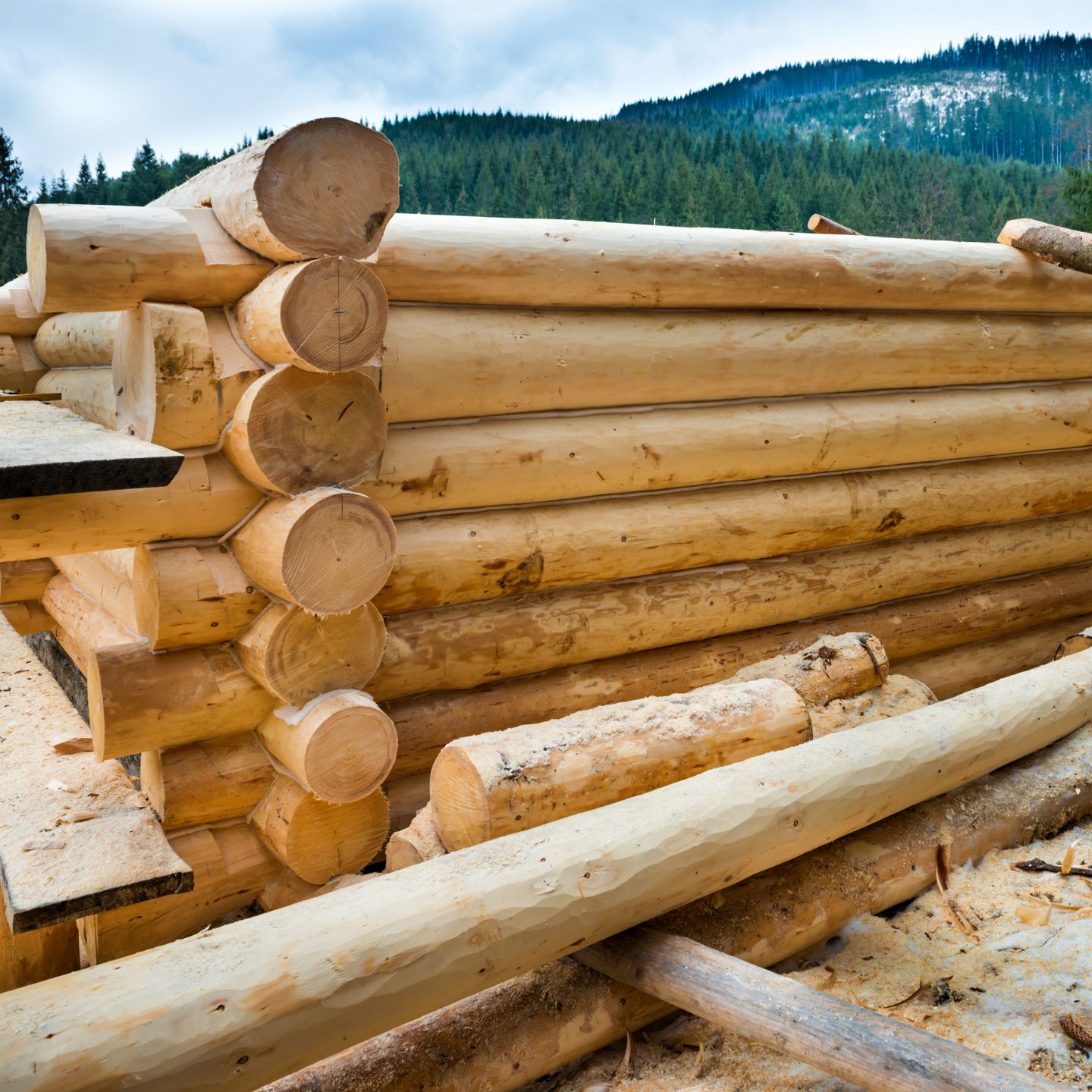
Building a log cabin is an adventure that combines the beauty of traditional craftsmanship with the challenges of modern construction. The process requires precision, skill, and, most importantly, a strong commitment to safety. Safety meetings play a crucial role in ensuring that every team member returns home safely at the end of the day. In this guide, we’ll explore essential safety meeting topics when building a log cabin and how to conduct productive, insightful discussions with all hands-on deck.
Essential Safety Topics
When constructing a log cabin, it’s vital to discuss key safety areas, including tool safety, fall protection, electrical safety, and fire prevention. Tool safety ensures that everyone knows how to operate and maintain equipment properly to prevent accidents.
Fall protection is critical, especially when working at heights to install the roof or windows. Electrical safety is paramount since working with tools and equipment poses risks, particularly in remote areas where log cabins reside the most. Lastly, fire prevention is essential given the wooden nature of log cabins, emphasizing the need for careful handling of electrical equipment and awareness of fire hazards.
Conducting Effective Safety Meetings
To keep safety meetings engaging and productive, structure them in a way that promotes participation. Start by clearly stating the goals of the meeting, then discuss each topic with a focus on practical applications and real-world scenarios. Encourage team members to share their experiences and suggest improvements. Creating a culture of safety awareness is about making everyone feel responsible and empowered to contribute to a safer workplace.
Industry Insight
Looking at past log cabin construction projects, we can learn valuable lessons. For instance, specialized crane and rigging services have significantly reduced the risk of injuries during the heavy lifting of logs. These services not only ensure the safety of workers but also protect the integrity of the construction materials. By examining these case studies, teams can identify successful strategies and common pitfalls to avoid in future projects.
The Role of Technology
Technology is revolutionizing safety in log cabin construction. From drones that inspect hard-to-reach areas to wearable devices that monitor workers’ health and safety in real-time, the possibilities are endless. These tools make it easier to identify potential hazards and respond quickly, making the construction site safer for everyone involved.
Future Trends
Emerging safety practices and technologies promise to make log cabin construction even safer. For example, augmented reality (AR) could soon provide workers with real-time information about potential hazards as they work. This proactive approach to safety is a game-changer, offering new ways to protect workers and streamline the construction process.Safety meetings are not just a regulatory requirement when building log cabins; they are an investment in the well-being of your team and the success of a project. Whether you’re considering constructing a cabin in the mountains or planning a log home near a lake, prioritize safety from the outset. Share your experiences and insights below to help create safer work environments for everyone in the log cabin construction industry.

Leave a Reply